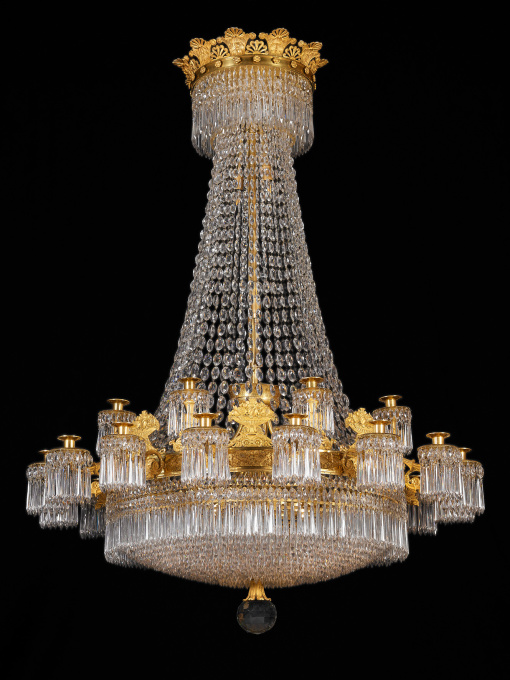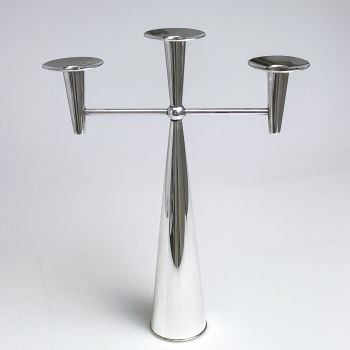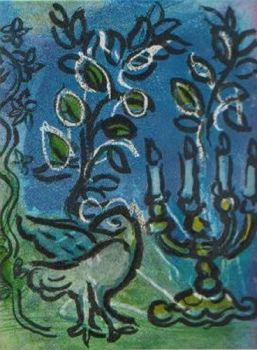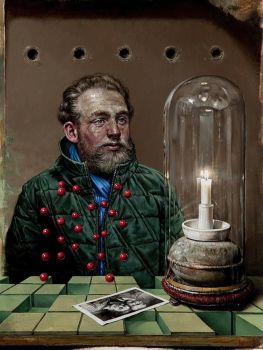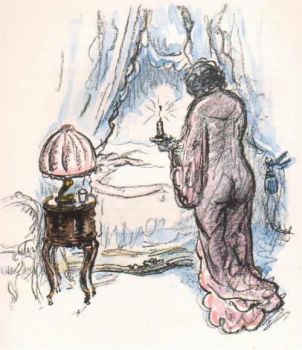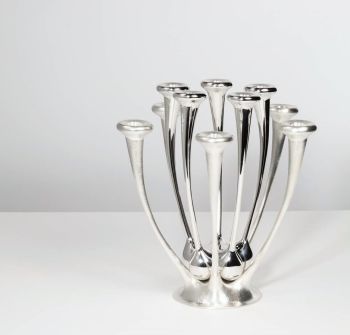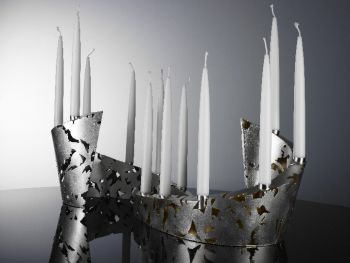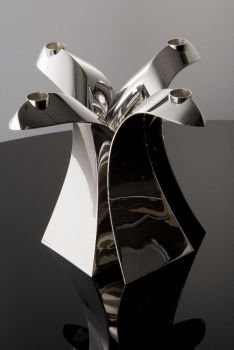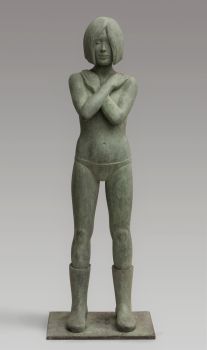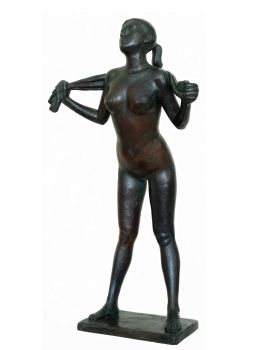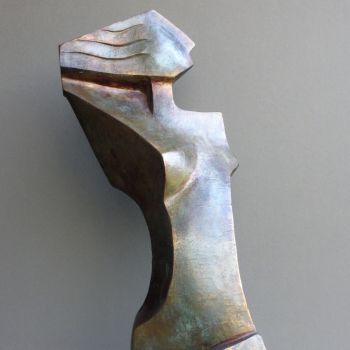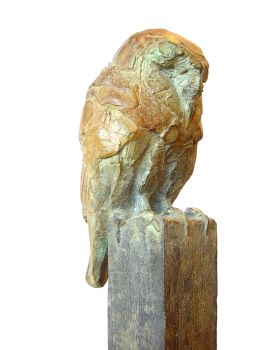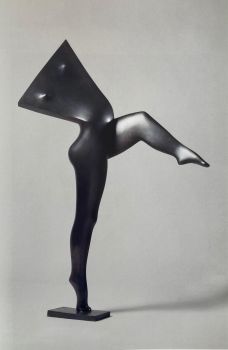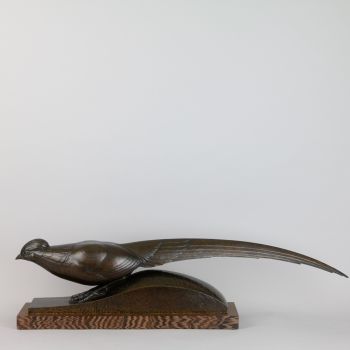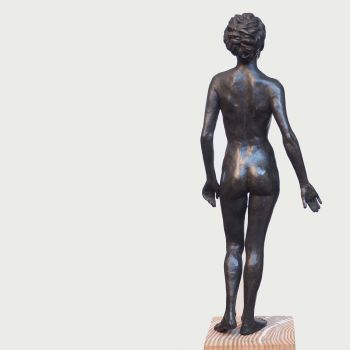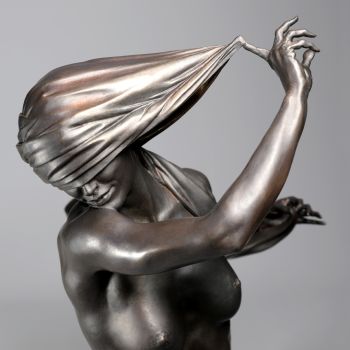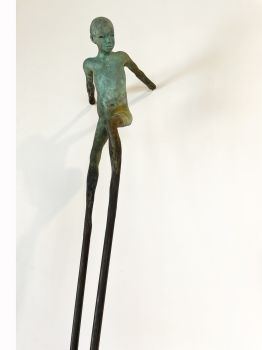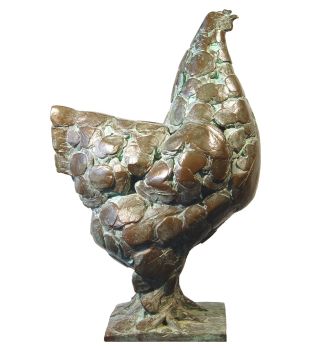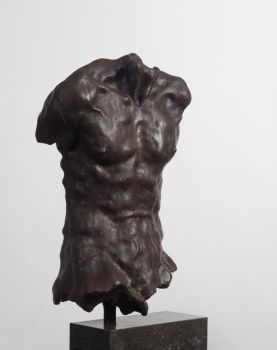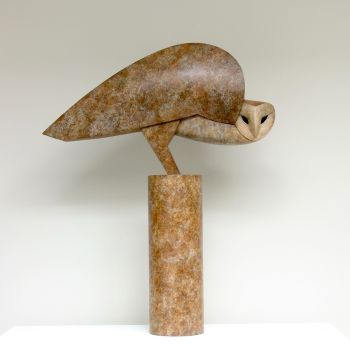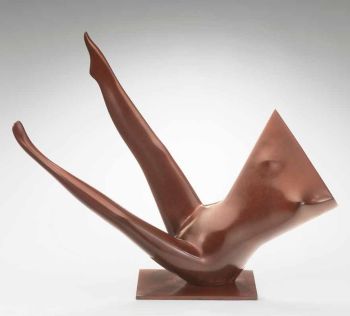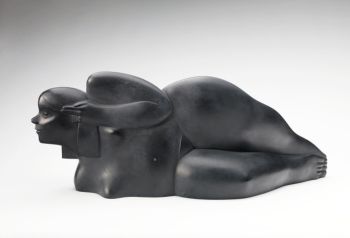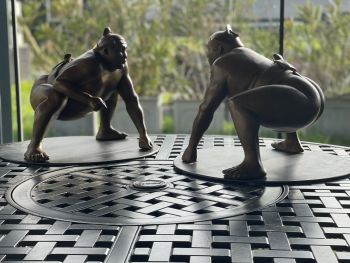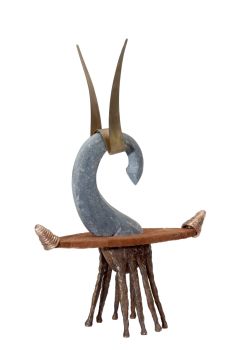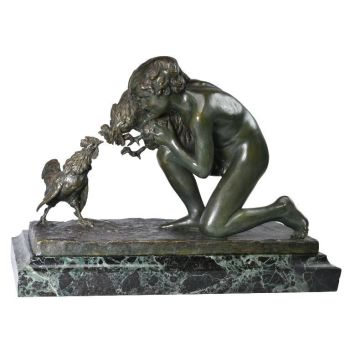A large Empire 24-light Chandelier attributed to Claude Galle 1815
Claude Galle
BronzoCristalloMetalloPietra preziosa
160 cm, ø 120 cm
ConditionExcellent
Attualmente non disponibile tramite Gallerease
- A proposito di opere d'arteA large chandelier with 24 lights in two tiers from the French Empire period. The crown at the top of the chandelier is decorated with rosettes on the sides and decorations of alternately stylized palm leaves and lotus leaves. From this crown several rows of cut crystal icicles are hanging down. Forty-eight cords of cut crystal beads run down from the crown and are connected to the main tier.
The main tier, with 16 lights, is decorated with appliques with leaf and fruit motifs. The S-volute shaped arms end in plain shaped candle holders. From the drip trays a double row of crystal almonds and icicles is hanging down. Between every other light, on top of the main tier there are appliques of fruit baskets. The remaining spaces contain another row of eight lights. The dripping trays of these candle holders are decorated with cut crystal in the same manner as the main tier. The lower part of the circle is decorated with two rows of almond shaped crystal beads and 17 rows of crystal icicles. The centre is formed by a faceted crystal ball in a gilt bronze setting decorated with stylized leaf motifs.
A leader in his field, Claude Galle was born at Villepreux near Versailles who moved to Paris to begin an apprenticeship under the fondeur, Pierre Foy. In 1784 Galle married Foy's daughter and on his father-in-law's death in 1788 Galle took over the workshop, which he built up into one the finest of its kind with a workforce of about 400 craftsmen. Galle promptly moved the business to Quai de la Monnaie (renamed Quai de 1'Unité) and from 1805 operated from 60 Rue Vivienne. First listed in the trade registers in 1784 he was received as a maître-fondeur in 1786 and promptly gained the first of many commissions from the Garde-Meuble de la Couronne under Jean Hauré from 1786-88. He is known to have collaborated with Pierre-Philippe Thomire, amongst others, and was responsible for the majority of bronzes d'ameublement supplied during the Empire to Château de Fontainebleau. Other Imperial commissions included the supply of numerous vases, ewers, light fittings, figural clock cases and other fine bronze furnishings for the palaces at Saint-Cloud, the Trianons, Tuileries, Compiègne, Rambouillet and a number of the Italian palaces including Monte Cavallo, Rome and Stupinigi near Turin. Yet despite numerous important commissions Galle was often in debt, partly on account of his lavish life style and also since many of his clients, such as Prince Joseph Napoleon, failed to pay him. After his death Galle's business was reopened and prospered under his son, Gérard-Jean Galle (1788-1846). His work can be found among the world's finest collections including those mentioned above as well as the Musée National de Château de Malmaison, the Musée Marmottan in Paris, the Museo de Relojes at Jerez de la Frontera, the Residenz Munich and the Victoria and Albert Museum in London. - A proposito di opere artistaClaude Galle è nato a Villepreux vicino a Versailles. Si trasferisce a Parigi per iniziare un apprendistato presso il fondeur Pierre Foy. Nel 1784, Galle sposò la figlia di Foy e quando Foy stesso morì nel 1788, fu Galle a rilevare il suo laboratorio e a trasformarlo in uno dei migliori del suo genere, impiegando circa 400 artigiani. Nel 1805, Galle trasferì la sua attività a Quai de la Monnaie e operò da 60 Rue Vivienne. Nel 1786 era già diventato Maître-Fondeur, e nel 1786-1788 ottenne la prima di molte commissioni dalla Garde-Meuble de la Couronne, sotto Jean Hauré. È noto per aver collaborato con Thomire ed è stato responsabile della maggior parte dei bronzi d'ameublement forniti durante l'Impero al castello di Fontainebleau. Le sue altre commissioni imperiali includono la fornitura di numerosi vasi, brocche, orologi figurati, lampade, per un certo numero di altri castelli francesi, così come per i palazzi italiani. Nonostante la sua popolarità, Galle era spesso indebitato a causa di uno stile di vita sontuoso e dell'incapacità di molti dei suoi clienti di pagarlo effettivamente. Dopo la morte di Galle la sua bottega fu continuata da suo figlio, Gérard-Jean Galle (1788-1846). Le sue opere si trovano tra le più belle collezioni del mondo, come quelle del Musée National de Château de Malmaison e del Victoria and Albert Museum di Londra.
Artwork details
Categoria
Soggetto
Stile
Materiale e Tecnica
Related artworks
Artista Sconosciuto
Set of eight gouache drawings1799 - 1801
Prezzo su richiestaRobert Schreuder Antiquair
Artista Sconosciuto
Braccialetto di diamanti del XVIII secolo con intagli di 2000 anni1790
€ 23.000Adin Fine Antique Jewellery
 A cura di
A cura diDanny Bree
Artista Sconosciuto
Set Franse Empire Pendules / Empire Lectura penduleearly 19th
Prezzo su richiestaKuipers Kunst & Antiek
1 - 4 / 15Artista Sconosciuto
UN RARO GRANDE TELESCOPIO GIAPPONESE IN PELLE LACCATA1750 - 1800
Prezzo su richiestaZebregs & Röell - Fine Art - Antiques
1 - 4 / 24- 1 - 4 / 10
- 1 - 4 / 24

